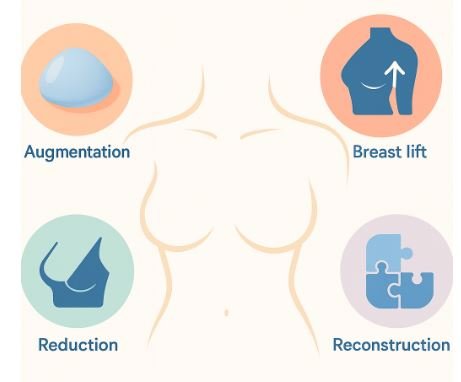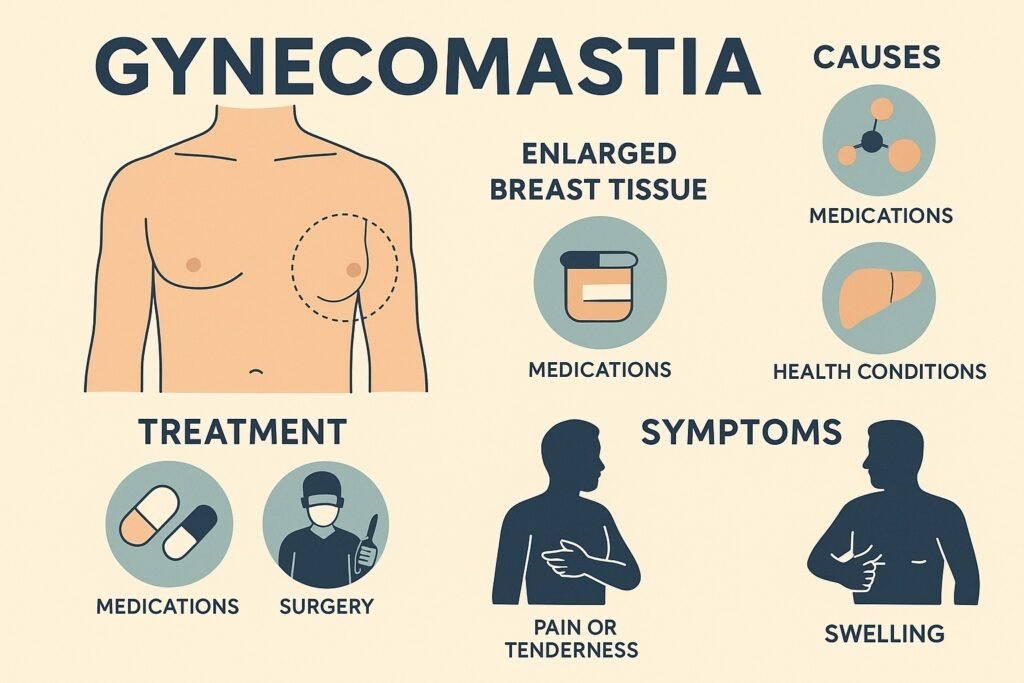Webcam Sextortion and Its Impact on Mental Health: How Technology Supports Recovery
In today’s hyper-connected world, personal privacy is more fragile than ever. Among the fastest-growing cybercrimes is webcam sextortion(몸캠피싱), known in South Korea. This form of online blackmail involves coercing individuals into performing intimate acts over video, recording them without consent, and threatening to release the footage unless demands are met.
While the financial damage from such crimes can be devastating, the mental health consequences often run deeper and longer. Victims frequently struggle with anxiety, depression, insomnia, and post-traumatic stress—even long after the incident has ended. Understanding the link between webcam sextortion and psychological well-being is essential to building stronger prevention and recovery strategies.
1. The Hidden Psychological Toll of Webcam Sextortion
For many victims, the most painful part of webcam sextortion is not the threat of public exposure itself but the constant fear and shame that follows. Unlike other crimes, sextortion creates a relentless sense of vulnerability.
- Chronic Anxiety: Victims may constantly check their phones or email, fearing another threat message.
- Depression and Hopelessness: The feeling that “life is over” can set in quickly, especially for young victims.
- Sleep Disruption: Nightmares and insomnia are common, making recovery even harder.
- Social Withdrawal: Many victims avoid friends, school, or work due to embarrassment or fear of judgment.
Mental health professionals note that this combination of symptoms mirrors the psychological profile of trauma survivors, similar to victims of physical assault.
2. Why the Impact Can Last for Years
The internet’s permanence means that once a compromising video is recorded, the fear of exposure never fully disappears. Even if the footage is deleted, victims often live with the belief that it could resurface at any moment. This constant state of tension can lead to:
- Long-term PTSD (Post-Traumatic Stress Disorder)
- Difficulty forming relationships due to trust issues
- Decline in work or academic performance
- Self-esteem and body image problems
Without proper intervention, these issues can compound, affecting every aspect of a person’s life.
3. The Role of Technology in Prevention and Recovery
While traditional mental health care such as therapy and counseling is crucial, IT technology is now playing a transformative role in both prevention and emotional recovery.
AI-Driven Threat Detection
Advanced AI tools can monitor online interactions for suspicious language, suspicious links, or sudden requests for explicit content. These systems can warn users before they engage further, helping them exit the situation early.
Content Removal and Digital Forensics
Specialized platforms work to locate and remove leaked content from the internet. This not only reduces the actual threat but also provides psychological relief to victims.
Safe Education Spaces
Web-based training simulations help young people recognize sextortion tactics before they fall victim. These interactive lessons empower users to make safer decisions in real time.
4. Supporting Mental Health After an Incident
After surviving a sextortion attempt, mental health recovery should be prioritized alongside digital protection. Strategies include:
- Therapy with Trauma Specialists: Cognitive Behavioral Therapy (CBT) and EMDR (Eye Movement Desensitization and Reprocessing) have shown effectiveness in reducing anxiety and PTSD symptoms.
- Online Support Communities: Anonymous forums allow victims to share experiences and coping strategies without fear of exposure.
- Gradual Social Reintegration: Encouraging safe re-engagement with trusted friends and environments helps restore a sense of normalcy.
- Mindfulness and Stress-Reduction Apps: Technology can aid recovery by guiding meditation, tracking mood, and encouraging healthy habits.
5. Arklink’s Role in Combating Webcam Sextortion
Organizations demonstrate how technology and human-centered education can work hand in hand. Arklink integrates real-time risk alerts, interactive safety training, and parental guidance tools to protect users before incidents occur. For those who have already been targeted, Arklink offers resources for both digital cleanup and mental health support, bridging the gap between cybersecurity and emotional recovery.
6. Arklink’s Role in Combating Webcam Sextortion
Organizations like Arklink demonstrate how technology and human-centered education can work hand in hand. It integrates real-time risk alerts, interactive safety training, and parental guidance tools to protect users before incidents occur. For those who have already been targeted, Arklink offers resources for both digital cleanup and mental health support, bridging the gap between cybersecurity and emotional recovery.
Final Thoughts
Webcam sextortion is a violation that reaches far beyond the screen. Its psychological damage can linger for years, affecting every aspect of a victim’s life. But technology, when paired with compassionate mental health care, can significantly reduce the harm.
By embracing AI-powered prevention tools, secure content removal services, and accessible counseling options, society can protect not only the privacy but also the mental well-being of vulnerable individuals. Many platforms are proving that with the right mix of innovation and empathy, we can fight back against this deeply personal form of cybercrime and help victims reclaim their peace of mind.


